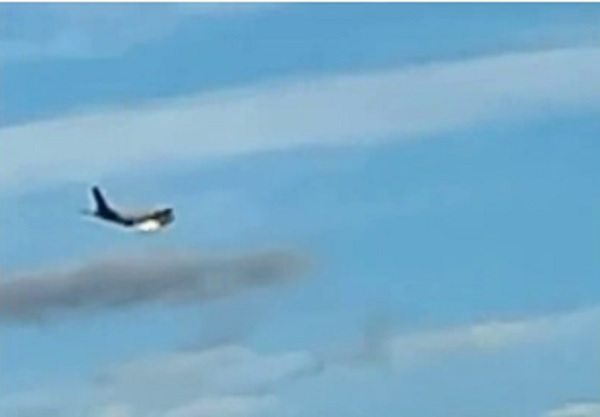Over the past weekend, Kentucky faced catastrophic flooding as relentless rainfall led to rising water levels, sweeping away vehicles, damaging homes, and claiming multiple lives. The natural disaster struck several regions, leaving communities devastated and in urgent need of assistance.
The Scope of the Disaster
Governor Andy Beshear confirmed that at least nine individuals lost their lives due to the severe floods. Rescue operations were in full force, with approximately 1,000 rescues carried out to save people trapped by rising waters. Many of the fatalities occurred in situations where vehicles were submerged or carried away by strong currents. Emergency responders have been working tirelessly to reach affected areas and provide aid to stranded residents.
In response to the overwhelming destruction, President Donald Trump approved a disaster declaration, allowing for the mobilization of federal resources to assist in the relief and recovery efforts. The declaration is expected to accelerate the deployment of aid, including food, shelter, and medical support for those impacted.
Impact on Neighboring States
The flooding was not limited to Kentucky. Tennessee also faced severe repercussions, particularly in Obion County, where a levee failure forced mandatory evacuations and triggered a state of emergency. Alabama and Georgia also experienced extreme weather conditions, including tornadoes and widespread power outages, exacerbating the crisis across the region.
Additionally, the Midwest and Northeast are dealing with further complications as snowstorms and ongoing flooding create hazardous conditions, leading to numerous road closures and accidents.
The Looming Threat of a Polar Vortex
As Kentucky and surrounding states continue to battle the aftermath of the floods, another weather crisis looms. A polar vortex is expected to sweep across the Rockies and northern Plains, bringing life-threatening cold temperatures. Forecasts indicate that northeastern Montana could experience temperatures as low as -45°F (-42.7°C), with wind chills plunging to -60°F (-51°C). Residents are being urged to take necessary precautions to stay warm and avoid exposure to these extreme temperatures.
A Call for Support and Preparedness
The dual threat of severe flooding and impending extreme cold highlights the urgent need for preparedness and assistance. Local and federal agencies are working together to ensure that those affected receive the necessary aid. Community organizations and volunteers are also stepping up to provide essential supplies and support to displaced families.
As the region grapples with these extreme weather events, staying informed through local news and following guidance from emergency management officials remains crucial. The devastating impact of the Kentucky floods serves as a sobering reminder of the unpredictable power of nature and the importance of disaster preparedness.





